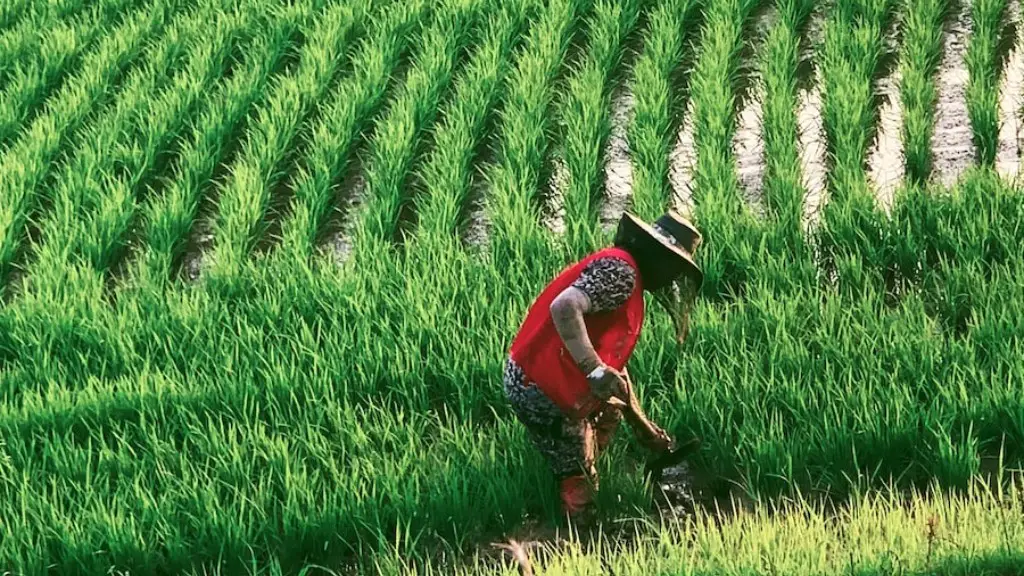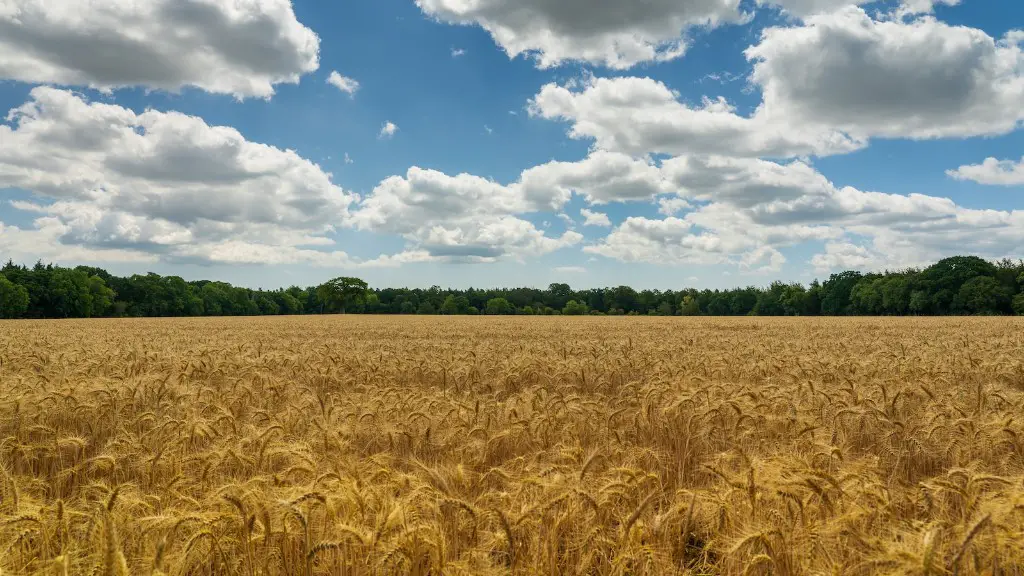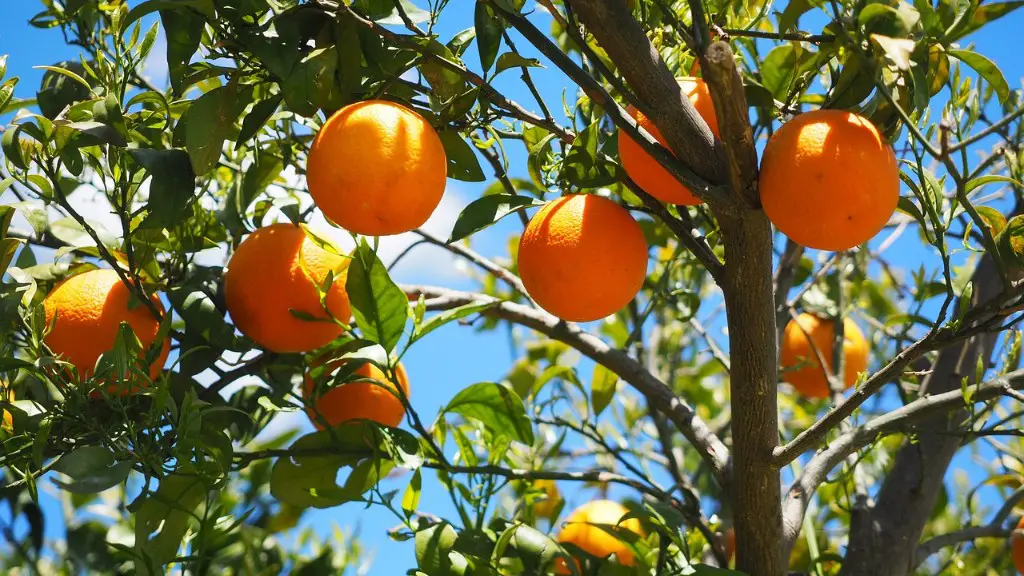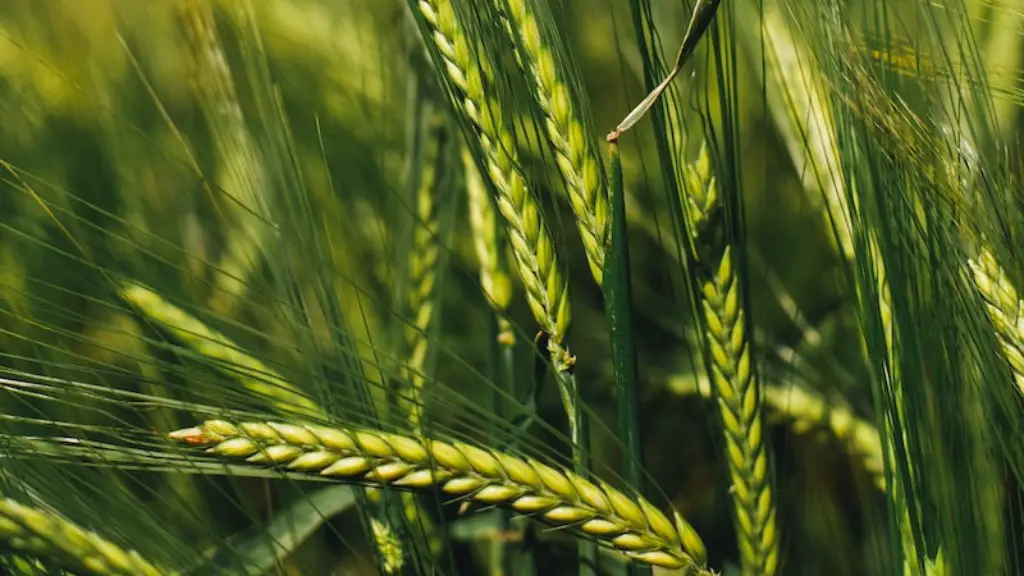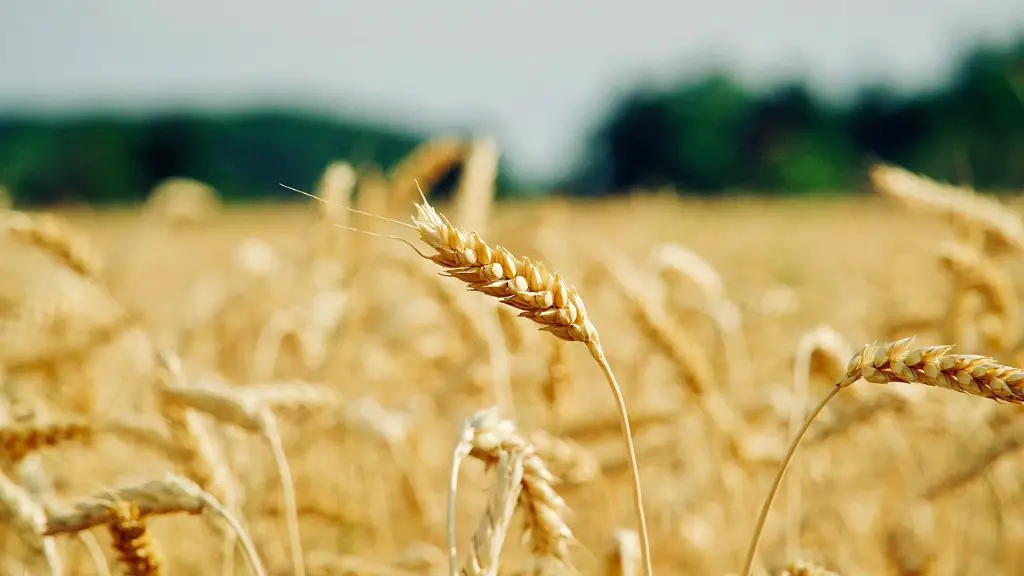Agriculture has been an integral part of many cultures throughout history, but in today’s world, “contemporary agriculture” has taken on a new meaning. This type of farming involves a wide range of sophisticated technologies, processes and management practices that are used to produce food. It utilizes scientific advancements and modern technologies to maintain and increase crop yields. Contemporary agriculture is an expansive field with a wide array of potential solutions that vary depending on the geographic region and local resources.
Contemporary agriculture requires the use of modern components, such as hybrid and genetically modified crops, controlled environment technology, precision farming and appropriate irrigation systems, to ensure that plants and animals have optimal growing and rearing environments. These components allow for a more efficient and accurate use of resources, such as energy and water, for farming activities. At the same time, these advanced technologies support activities like soil health and biodiversity management.
This type of farming strives to limit the environmental impact of farming through practices such as soil conservation, erosion prevention, water conservation and waste reduction. Contemporary agriculture is often coupled with the adoption of sustainable farming practices, such as the use of organic fertilizers and pest management methods, to reduce the amount of harm caused to the environment. By reducing the input of synthetic inputs and managing crop rotations, farmers can maintain healthy soils with beneficial microbial life.
In addition to the advanced technologies and principles, modern agriculture also involves a sophisticated marketing system. This system is designed to provide access to local and international markets for farmers. Through this system, farmers are able to exchange various products with large-scale and specialty growers in the form of agri-business operations. This system also allows farmers to reach more consumers and markets, while keeping up with the demand for certain products. This marketing system has created a global marketplace, connecting farmers with large and small food markets around the world.
Finally, contemporary agriculture is defined by its comprehensive approach to production that works to ensure food security and safety. This approach involves many risk management strategies, such as insurance and disaster prevention measures, that protect the supply and availability of food in times of need. By using advanced technologies and globalized systems, contemporary agriculture seeks to create a sustainable food system that produces safe food and supports a thriving agricultural community.
Crop rotation
Crop rotation is an important aspect of contemporary agriculture. In this practice, farmers strategically change their crop production every season in order to improve soil fertility, control pests and diseases, reduce soil erosion, and take full advantage of available nutrients. By rotating crop varieties, farmers ensure that the soil is in its best condition, which in turn increases crop yields. Furthermore, the act of changing crops increases soil organic matter, which improves soil structure, reduces water runoff, and increases water infiltration. With improved water infiltration, crops are able to access more nutrients and are better able to survive stressful conditions like drought.
The main benefit of crop rotation is that each crop variety brings a different set of benefits to the soil and to the following crops. For example, grasses provide soil structure, while legumes fix nitrogen. Different crops also bring positive effects to the local ecosystem by providing habitats for beneficial insects and the potential to provide food and shelter to wildlife. Furthermore, crop rotation is essential in avoiding soil degradation, which can occur if crops of the same variety are grown in the same field.
However, crop rotation can also have some drawbacks. For example, some crops such as alfalfa require soil to be tilled, which increases the risk of soil erosion. Other crops can be susceptible to disease and pests, which can devastate a crop if left unchecked. Furthermore, crop rotation requires land to be left fallow for a portion of the year, which can reduce the amount of total food production.
In order to ensure that crop rotation is successful, farmers need to be vigilant in its practice. This involves planning out their cropping strategies and taking proactive steps to optimize land productivity. Furthermore, farmers need to be aware of their climate and soil conditions, as these will determine which crops are appropriate for their region.
Precision Farming
Precision farming is an essential component of contemporary agriculture. This farming practice involves the use of advanced technologies and tools to provide accurate and precise data to farmers, so that they can make timely, informed decisions about crop management. This data includes information on soil types, irrigation levels, weather, pest activity and other factors that can affect crop yield and quality. With this data, farmers can adjust their crop management practices to optimize yield while minimizing environmental impact.
The tools used in precision farming are highly advanced and include components such as sensor-driven irrigation systems, precision planting, crop and nutrient monitoring, and rapid diagnostics. With these tools, farmers can access data in real time and optimize decisions,such as fertilizer applications and irrigation levels, for maximum efficiency. Precision farming helps farmers save time and money by reducing input costs, improving harvest quality and yield, and limiting environmental damage.
The benefits of precision farming extend beyond the farm. With access to real-time data, government agencies, NGO’s, and other stakeholders can better identify issues and design more effective policies and management plans. In addition, precision farming helps to streamline the supply chain by ensuring product quality while simultaneously reducing costs. This, in turn, can lead to greater availability of food and improved nutrition in areas of need.
However, precision farming has some drawbacks. For example, small-scale farmers that lack access to the necessary technologies and education may not have the resources to adopt precision farming practices. This can create concerns about competition and inequality in the agricultural sector. There are also some ethical concerns surrounding the use of technologies, such as the potential for privacy violations and the increasing transfer of risk from the farmer to technology.
In order to ensure the successful use of precision farming, farmers should be aware of the potential risks associated with the technology and take the necessary steps to protect the data they collect. They should also work to develop policies and practices that can reduce the risk of data misuse and ensure that their rights and interests are protected.
Organic Fertilizers
Organic fertilizers are a common component of contemporary agriculture. They are typically made from animal, plant, and/or mineral sources and are used to supplement or replace synthetic fertilizer. By using organic fertilizers, farmers are able to improve soil health and fertility while also reducing their input costs. This can lead to improved crop yields and quality, as well as reduced soil erosion and water pollution.
Organic fertilizers are typically composed of natural materials such as compost, manure, and cover crops. These materials are rich in nutrients and beneficial compounds that help build soil fertility. For example, some organic materials contain nitrogen-fixing bacteria which can help to increase nutrient availability in the soil. In addition, organic materials help to improve the soil structure and physical properties, which can help to reduce water runoff and improve the soil’s capacity to absorb water.
Organic fertilizers also play an important role in building soil fertility. By adding organic materials to soil, farmers can help to increase the amount of organic matter in their fields. This, in turn, can help to improve soil structure, increase nutrient availability, and foster microbial life. All of these factors can increase crop yields while also reducing environmental impacts.
Organic fertilizers, however, can have some drawbacks. For example, they are often expensive and labor intensive to apply. Furthermore, some organic materials, such as manure, can have a negative impact on water quality if not managed properly. Finally, organic fertilizers may not be able to supply the amount of nitrogen and other nutrients required for high crop yields. In order to ensure successful farming practices, farmers should be aware of the pros and cons of organic fertilizers and take the necessary steps to ensure that they are being used effectively.
Food Safety and Security
Food safety and security is an important part of contemporary agriculture. This involves the implementation of policies and practices that ensure food is safe to consume and consistently available. With these measures in place, farmers, businesses, governments, and consumers can have confidence that the food they eat is safe and of the highest quality.
The key components of food safety and security include risk assessment, monitoring, and public education. Risk assessment requires analyzing the various steps in the food production process, including crop growing, harvesting, transport, and consumption. This process allows for potential risks to be identified and addressed. Monitoring requires frequent checking and testing of crops, water sources, and other food sources for contamination and/or genetic modification. Finally, public education helps to ensure that consumers have a thorough understanding of the food production process, allowing them to make informed decisions.
Food safety and security measures are becoming increasingly important as global food production continues to rise. With improved monitoring and testing, food producers can be more confident that their products are safe and of the highest quality. This can lead to greater trust in the food system and increased demand for high-quality food products.
However, food safety and security measures can also have some drawbacks. For example, monitoring and risk assessment can be costly and complex, requiring the use of advanced technologies and systems. This can be burdensome to small-scale farmers who may lack the resources to implement these measures. Furthermore, some public education programs may be ineffective or incomplete, resulting in a lack of understanding about food production and safety.
In order to ensure successful food safety and security measures, farmers should be aware of the potential risks associated with food production. By taking the necessary steps to identify, monitor, and manage risks, farmers can help to create a safe and secure food system.
